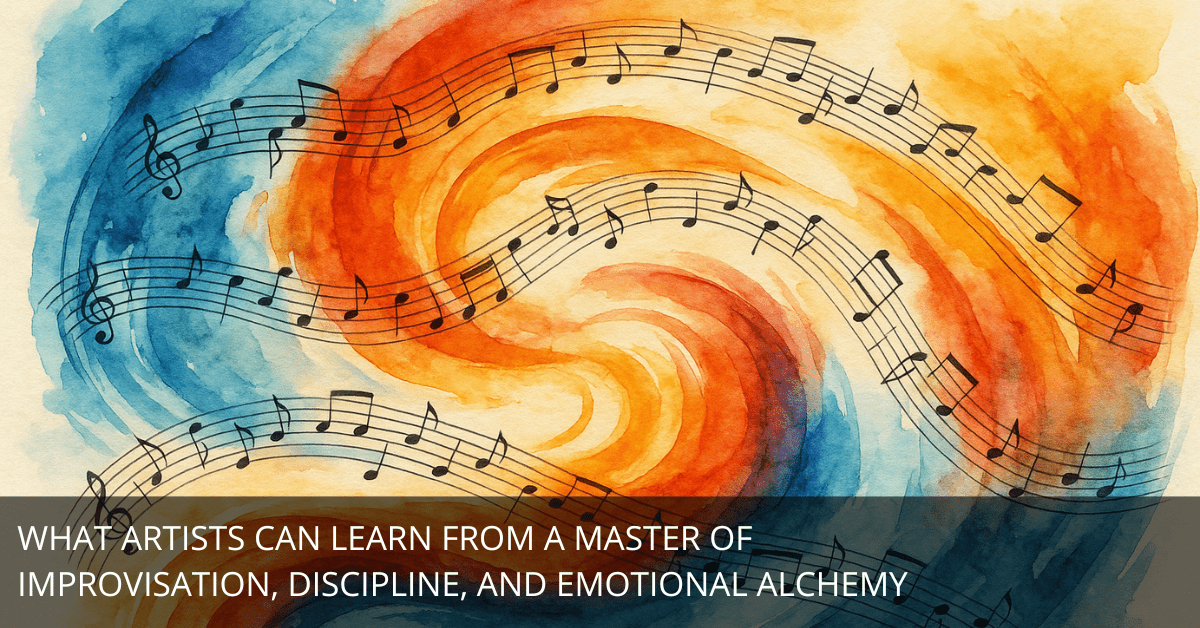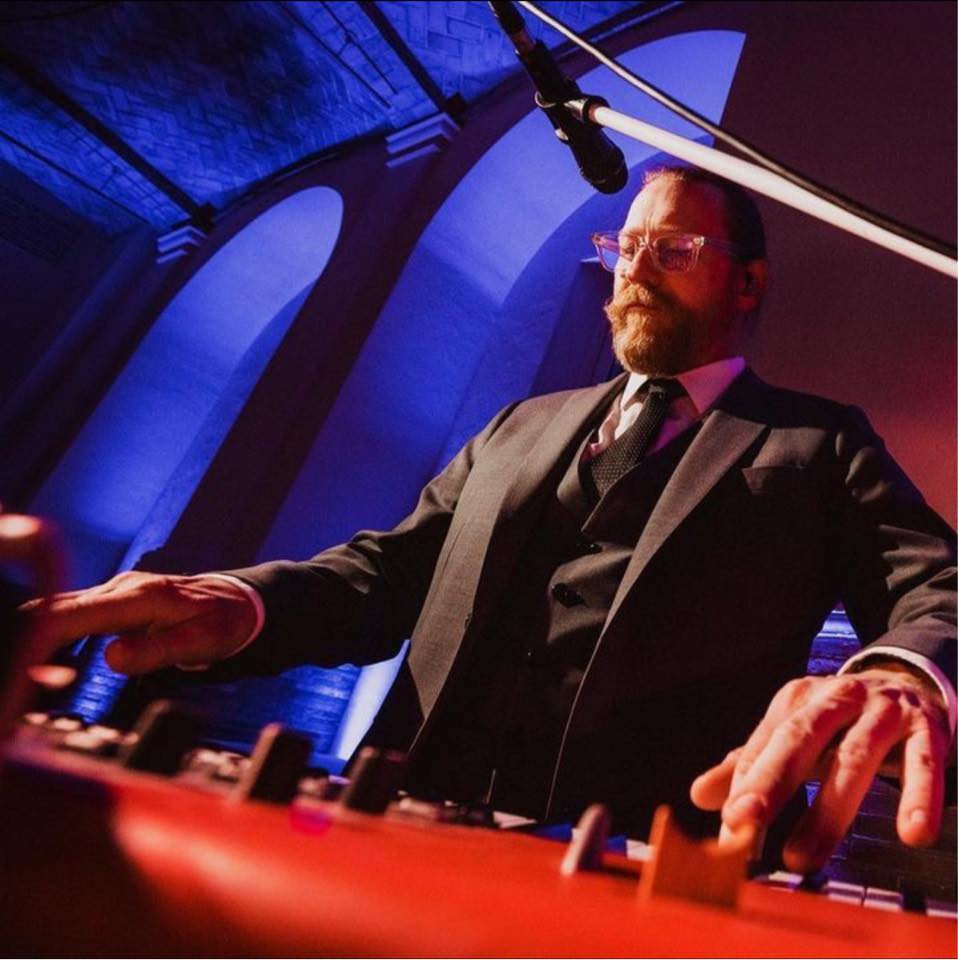
Wayne Shorter didn't just play music.
He lived it—note by note, breath by breath, word by word.
The legendary saxophonist, composer, and visionary didn't follow a conventional path. He drew his own, not in straight lines, but in arcs, zigzags, and spontaneous bursts. He communicated in poetic fragments, played as if he were painting dreams, and carried the calm intensity of someone who trusted imagination more than convention.
And for creative people everywhere—musicians, writers, performers, thinkers—there's a lot we can learn from how Wayne lived, not just how he played.
Here are five specific, practical lessons from Wayne Shorter's creative mindset, along with actionable ways to apply them to your own artistic life.
1. Let Imagination Lead the Conversation
Wayne didn't explain himself in plain language. He didn't need to.
He spoke in metaphors. He told stories that ended mid-sentence. He once said, "I'm not into composition. I'm into decomposition." And if that confused you, good. It was supposed to. He wanted to provoke imagination, not just transmit information.
Here's how to honor that approach in your own creative work:
Try this exercise:
Pick a concept you'd typically explain directly—like anxiety, ambition, or grief—and rewrite it as a metaphor. Instead of saying, "I'm anxious," say, "There's a swarm of bees in my chest, and they don't know where the door is."
Or instead of titling your next song, "I Miss You," try "Paper Ghost in My Bed."
Train your brain to speak in images. Your art will come alive with specificity and wonder.
2. Turn Emotion Into Creative Material
Wayne once comforted a tearful friend by saying, "I'm going to use this in a composition. It will be transformed."
That wasn't a throwaway line. It was a guiding principle.
Sadness wasn't just something to survive—it was something to use.
You can do the same.
Here's what to do next:
When you're overwhelmed—whether it's frustration after a bad rehearsal or the weight of loneliness at 2 a.m.—capture it.
Open your phone, hit record, and describe what it feels like in your body:
"My jaw's clenched like I've been chewing aluminum foil for an hour."
"There's a pressure behind my eyes like a thunderstorm is trying to push through."
Then, translate that into a riff, lyric, sketch, or scene. Don't wait to "feel better." Create through the feeling. That's how it gets transfigured.
3. Improvise Like You Mean It
Wayne didn't rehearse perfection. He rehearsed the unknown.
In performance, conversation, and life, he allowed space for surprise. He didn't grip the script—he played with it.
To bring that into your creative process, you can:
Start with this 3-step improvisation warm-up:
- Set a timer for 10 minutes.
- Pick a prompt you'd usually avoid. (e.g., "Write a love song using only kitchen objects." Or, "Make a beat with only vocal sounds and one hand clap.”)
- Don't judge. Don't stop. Just follow the moment wherever it leads.
Improvisation doesn't mean chaos. It means presence. Listen. Respond. Repeat. Like jazz.
4. Protect the Bridge Between Dreams and Deadlines
Shorter lived in a vast, nonlinear creative universe. But he also had deadlines. Studio dates. Tour buses. Press interviews.
And when needed, he could click into clarity like an encyclopedia.
You need that toggle switch, too, between dreaming and delivering.
Here's how to build that muscle:
Use this simple schedule technique:
- Block 90 minutes in your day.
- Spend the first 60 minutes in full creative flow—no edits, no email, no rules.
- Then spend the final 30 minutes reviewing and organizing what you made. Title your sketches. File your stems. Outline the scenes.
It's the rhythm of art: Flow, then frame. Don't skip either. They need each other.
5. Stay Present—and Let Others Catch the Glow
Wayne met everyone with the same quiet wonder: bandmates, interviewers, baristas.
He asked questions. He listened. He made people feel seen. Why? Because presence fuels imagination. It opens doors that curiosity can walk through.
And in a world obsessed with performance, showing up authentically is your superpower.
Here's how to bring this into your next creative interaction:
- At your next rehearsal or writing session, try this: before diving into the work, ask each person, "What's one thing you noticed this week that surprised you?"
- Then listen—not just with your ears, but with your attention. That spark might become the first line of your next song, the twist in your next script, or the tone of your next painting.
Imagination grows where presence lives.
One Final Thought
Wayne Shorter saw no moment as wasted.
Even exhaustion. Even embarrassment. Even sorrow.
To him, it was all material. All sound. All rhythm. All story.
You don't need to be a jazz icon to follow his path.
You just need to let your life be a song worth improvising.
And when it gets messy—when you miss the beat or cry in the elevator—remember:
You can still compose it well.

